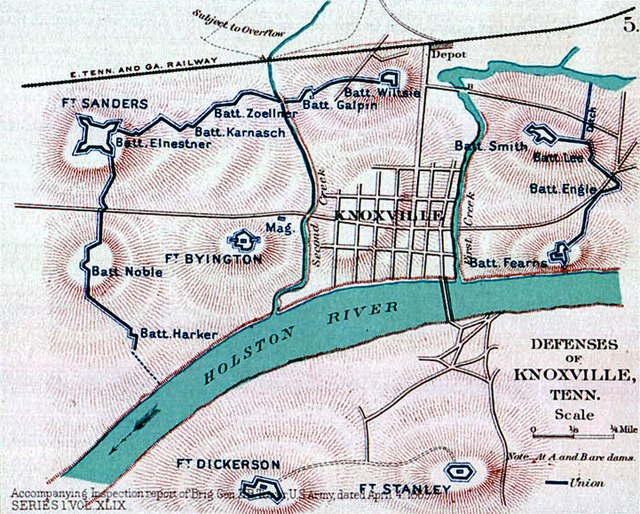
A favorite place to visit in St. Louis is Whitehaven, the home of Ulysses S. Grant (1822-1885) and his wife Julia Dent Grant (1826-1902). It’s operated by the National Park Service in near southwest St. Louis County. It sits across a road from Grant’s Farm, for decades the country estate of the Augustus Busch family (they of Anheuser-Busch fame). Today, Grant’s Farm is a popular attraction for families, with a petting zoo, views of the Clydesdale horses (in stables and adjacent pastures), and even a train that travels around the property. My regular biking trail, named Grant’s Trail, runs right alongside the pastures, the farm parking lot, and Whitehaven.
Hardscrabble Farm, which Grant operated as a farmer for a short period, is on the Grant’s Farm property, including the log cabin farmhouse. The Dent family had owned about 800 acres in the area and farmed it with the help of slaves. Grant’s Ohio family was not happy at all with their son marrying into a slave owning family in a slave state.
Grant had met Julia Dent while stationed at Jefferson Barracks, in St. Louis County on the Mississippi River and due south of the city of St. Louis. He’d met her through her brother, and he was apparently smitten early on. Because of the many changes in his military assignments (Louisiana, Texas, Mexico, Michigan, the Pacific Northwest, and California), they were often separated, both before and after their marriage in 1848. And then came the Civil War years.

They did what most people did in similar circumstances; they wrote letters. Julia’s letters have not survived, but a considerable number of Grant’s have. Some 85 of them have been assembled into My Dearest Julia: The Wartime Letters of Ulysses S. Grant to His Wife. This edition includes an informative introduction by Grant biographer Ron Chernow.
When we read a biography or a history, we usually don’t get the fully emotional side of the story. You usually have a better opportunity with letters. This is the case with My Dearest Julia. The cigar-smoking, often-ruthless general was deeply in love with his wife. The letters make clear his deep regard, as well as his sense of partnership with her in the marriage. He knew she was a capable woman, and he often entrusted her with legal proceedings and other duties, knowing she would carry them out fully, faithfully, and competently.
Not surprisingly, the letters get shorter during the Civil War. The demands on his time and attention would have been enormous, but he always found the time to send sometimes brief and occasionally longer letters.
The volume includes one non-military letter – the last one he wrote in 1885. Dying from throat cancer, he was finishing his memoirs for publication of Mark Twain. He was determined that Julia would be provided for; their fortune had been wiped out in bad investments. Finish them he did, and he died a few days later:
“With these few inunctions, and the Knowledge I have of your love and affections, and of the dutiful affection of all our children, I bid you a final farewell until we meet in another, and I trust better, world.” Signed U.S. Grant.
Related:


